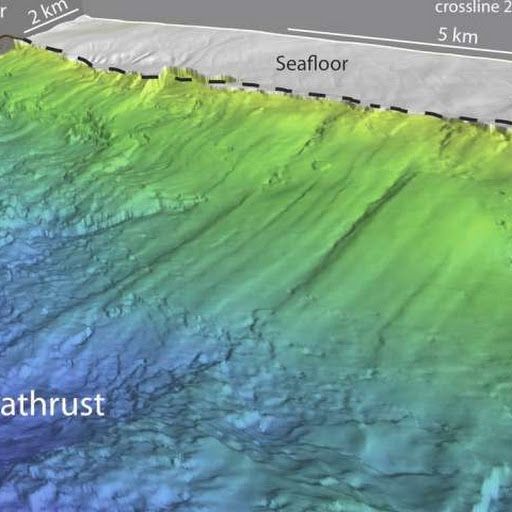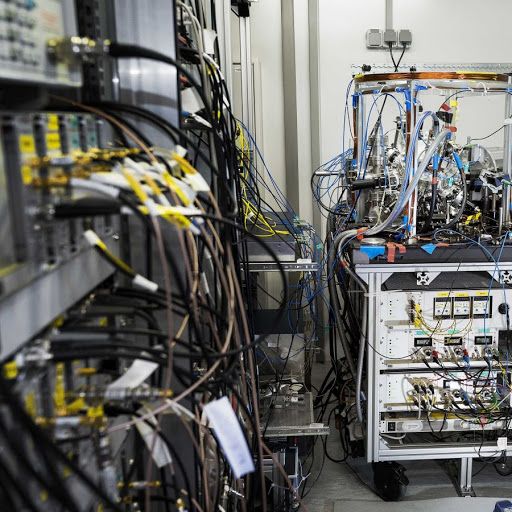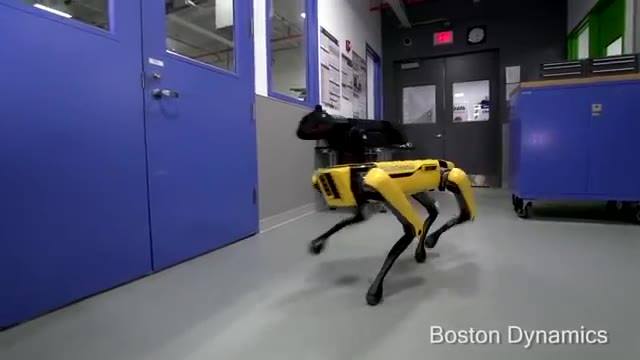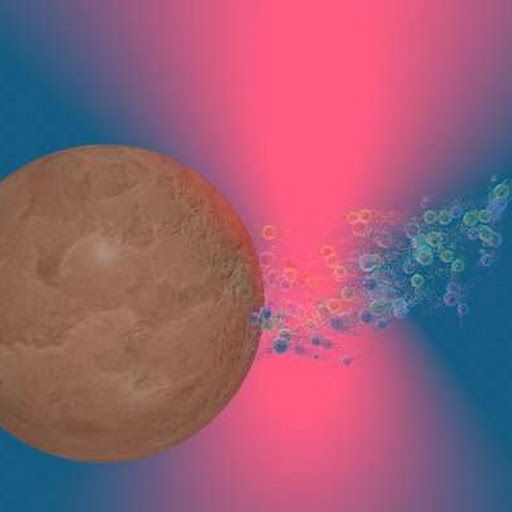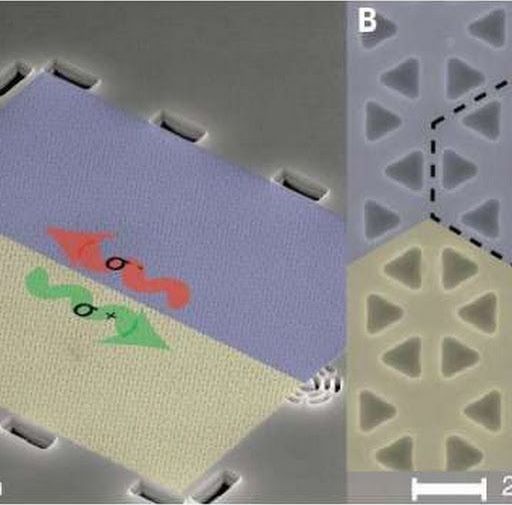Feb 12, 2018
Acoustic imaging reveals hidden features of megathrust fault off Costa Rica
Posted by Genevieve Klien in category: futurism
Perspective view of the shallow megathrust looking seaward towards the trench; the frontal prism has been cut away. The color scales indicate depth below seafloor, and grey denotes the seafloor. Credit: Edwards et al., Nature Geoscience, Feb-2018 Geophysicists have obtained detailed three-dimensional images of a dangerous megathrust fault west of Costa Rica where two plates of the Earth’s crust collide. The images reveal features of the fault surface, including long grooves or corrugations, that may determine how the fault will slip in an earthquake. The study, published February 12 in Natu…
